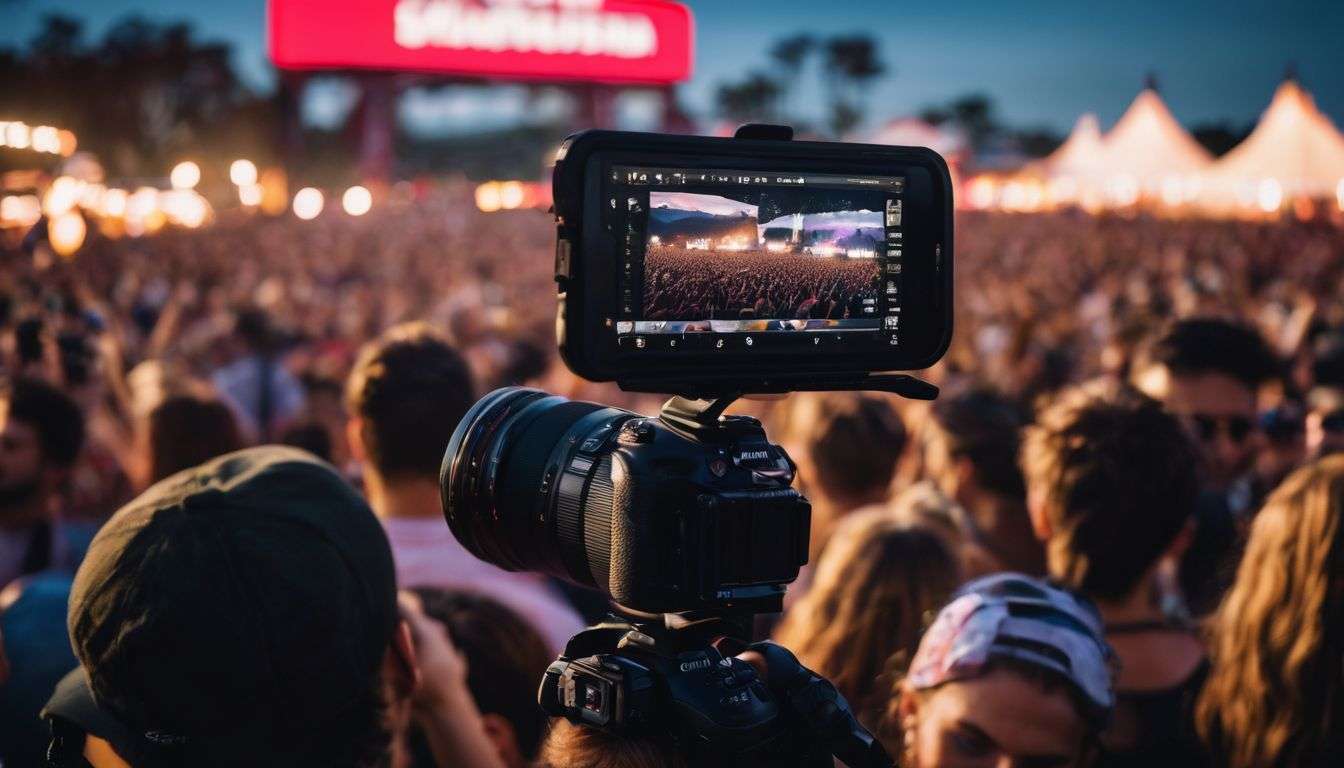Lights, Camera, Action: Essential Tips for Successful Event Videography
Event videography is a specialized field that requires technical skill, creative vision, and the ability to capture memorable moments in real-time. Whether you're filming a wedding, corporate event, concert, or conference, mastering the art of event videography involves careful planning, attention to detail, and the ability to adapt to changing circumstances. In this comprehensive guide, we explore essential tips and techniques to help you excel in event videography, from preparation and equipment selection to shooting techniques and post-production.
Preparation and Planning
- Understand the Event Requirements:
- Client Expectations: Meet with clients or event organizers to understand their vision, expectations, and key moments they want captured.
- Event Schedule: Obtain a detailed schedule of the event, including key activities, speakers, performances, and any special requests for coverage.
- Scout the Location:
- Visit the Venue: Familiarize yourself with the event venue beforehand to identify optimal shooting locations, lighting conditions, and potential challenges.
- Lighting Considerations: Assess available natural and artificial lighting sources to plan for additional lighting equipment if necessary.
- Equipment Preparation:
- Camera Gear: Ensure your camera equipment is fully charged, cleaned, and in proper working condition. Consider the use of multiple cameras for capturing different angles simultaneously.
- Audio Equipment: Use high-quality microphones and audio recording devices to capture clear and professional sound, especially during speeches or performances.
- Additional Gear: Pack essentials such as tripods, stabilizers, lenses, and extra batteries to handle various shooting scenarios throughout the event.
Shooting Techniques
- Capture Key Moments:
- Pre-Ceremony and Preparation: Document behind-the-scenes moments, preparation activities, and interactions among attendees to capture the atmosphere and anticipation leading up to the main event.
- Main Event Coverage: Focus on capturing key moments such as entrances, speeches, performances, and interactions between guests. Use a mix of wide shots and close-ups to convey both the overall ambiance and intimate details.
- Camera Movement and Composition:
- Steady Shots: Maintain stability in your shots using tripods, monopods, or stabilizers to avoid shaky footage and ensure professional-looking visuals.
- Dynamic Angles: Experiment with different camera angles and perspectives (e.g., high angle, low angle, bird's eye view) to add visual interest and convey the event's energy and emotion.
- Focus on Details:
- Details and Décor: Capture decorative elements, signage, table settings, and other visual details that contribute to the event's theme and ambiance.
- Emotional Reactions: Capture candid moments and emotional reactions from attendees, such as laughter, tears, and expressions of joy, to convey the genuine atmosphere of the event.
Post-Production and Editing
- Organize Footage:
- Import and Backup: Transfer footage to your editing system, organize clips by event segments or key moments, and create backup copies to prevent data loss.
- Editing Techniques:
- Create a Storyline: Piece together footage to create a cohesive narrative that highlights the event's progression, key moments, and highlights.
- Color Grading: Enhance footage with color correction and grading to achieve a consistent and polished look that matches the event's mood and atmosphere.
- Audio Enhancement: Edit audio tracks to improve clarity, remove background noise, and synchronize sound with visuals for seamless playback.
- Client Collaboration:
- Feedback and Revisions: Collaborate with clients or event organizers to incorporate their feedback, make necessary revisions, and deliver a final product that meets their expectations.
Professionalism and Client Relations
- Communication: Maintain open communication with clients throughout the process, providing updates on progress, addressing any concerns promptly, and ensuring clarity on deliverables and timelines.
- Professional Conduct: Dress appropriately for the event, respect the event's protocols and guidelines, and be mindful of guests' privacy and comfort when filming.
Successful event videography requires a combination of technical proficiency, creative flair, and attention to detail. By following the tips and techniques outlined in this guide—from thorough preparation and effective shooting techniques to meticulous post-production and client collaboration—you can create compelling and memorable videos that capture the essence of any event. Whether you're filming weddings, corporate gatherings, or cultural celebrations, mastering event videography allows you to preserve precious moments and deliver a visual narrative that resonates with clients and viewers alike.






































